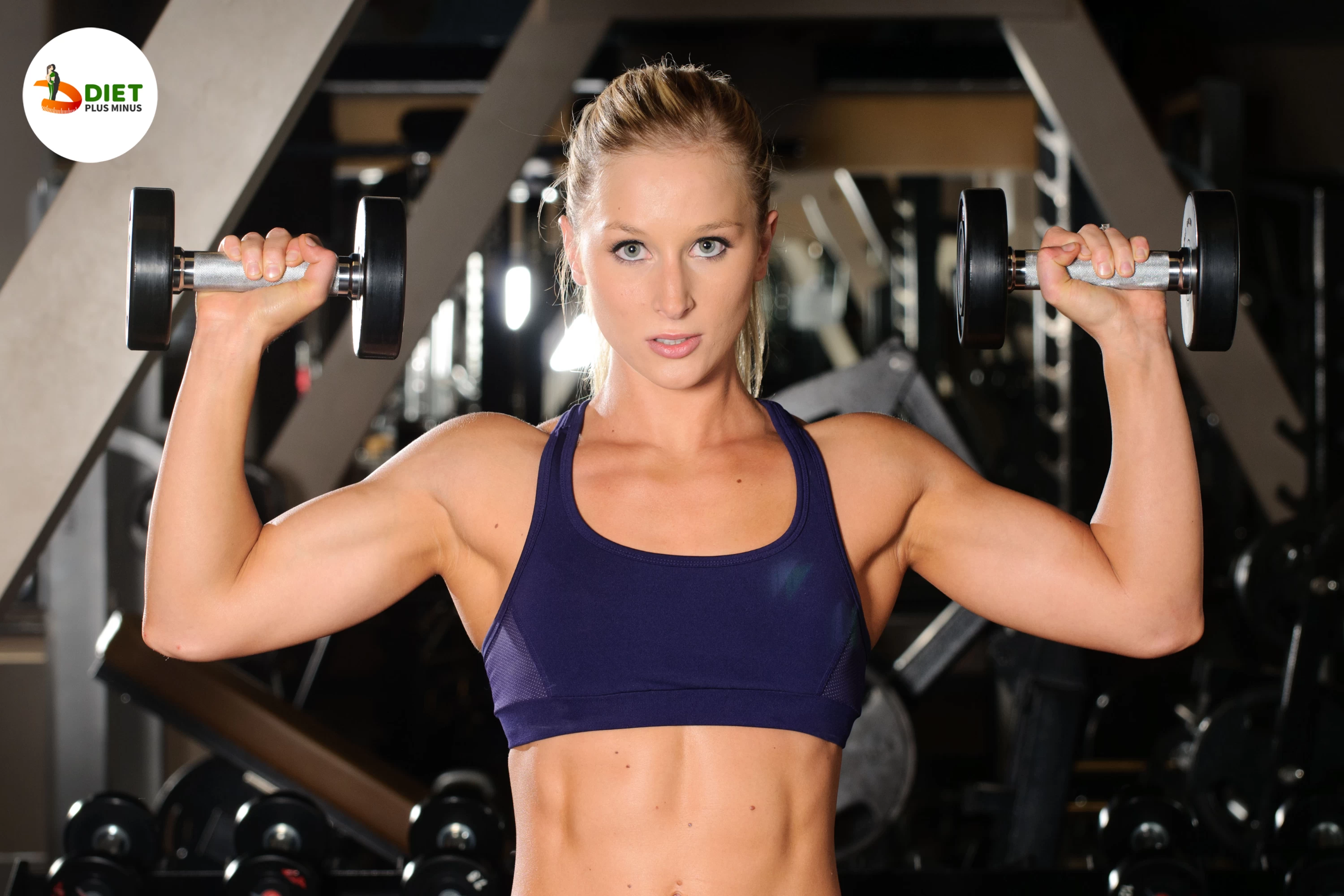Shoulders: Seated Dumbbell Shoulder Raises
Shoulders
Seated dumbbell shoulder raises work shoulders well. Sitting with dumbbells in each hand, this exercise is done. Lift the dumbbells straight up to shoulder height and lower them. To lift weights without momentum, keep your core engaged. This exercise targets the anterior and lateral heads of the deltoid muscle, creating a rounded shoulder look. It strengthens your shoulder-stabilizing rotator cuff muscles. Start seated dumbbell shoulder raises with a weight that lets you do 10-12 reps properly. As you get stronger, gradually increase weight, but always focus on form. This exercise can build strong shoulders with dedication.
Muscles Targeted
Seated dumbbell shoulder raises work shoulder deltoid muscles. This exercise targets the lateral and anterior heads of your delts, which raise your arms to the sides and in front of you. To maintain form, use dumbbells instead of a barbell or weight machine. Sit on a bench with your feet flat on the ground and hold two dumbbells by your sides to do seated dumbbell shoulder raises. Raise both dumbbells to shoulder level with bent elbows. Repeat slowly. For a challenge, try doing this exercise with one arm or holding the weights in front of you. Sitting dumbbell shoulder raises target multiple shoulder muscle groups and strengthen your upper body. For stronger, more defined deltoids, add this exercise to your routine.
Exercise Benefits
Shoulder-targeting seated dumbbell shoulder raises are popular. It's easy to modify this exercise for beginners and advanced weightlifters. Seated dumbbell shoulder raises strengthen shoulders, improving posture and reducing injury risk. This exercise also tones and shapes shoulders. Deltoid muscles, which lift and rotate your arms, are targeted well by seated dumbbell shoulder raises. Over time, seated dumbbell shoulder raises can strengthen and tone these muscles. Sitting dumbbell shoulder raises have many advantages. This exercise can help you build strength, posture, and shoulders with consistent practise.
Form & Technique
Seated dumbbell shoulder raises strengthen shoulders. This exercise requires comfortable dumbbells. Sit on a bench with your feet flat and back straight to begin. Hold the dumbbells overhand at arm's length by your sides. Next, raise both dumbbells to your ears with slightly bent elbows. Maintain a back-and-down posture. Restart by slowly lowering the weights. Poor form can cause injury or strain when doing seated dumbbell shoulder raises. Start with lighter weights until you can perform proper form, then gradually increase weight.
Weight Selection
The right weight for seated dumbbell shoulder raises depends on several factors. First, choose a weight that challenges your muscles without compromising form. This means picking a weight that lets you move without momentum or jerkiness. Fitness and experience with seated dumbbell shoulder raises should also be considered when choosing a weight. If you're new to strength training or this exercise, start with lighter weights and focus on technique before increasing the load. Sitting dumbbell shoulder raises target shoulder muscles rather than lifting heavy weights. To maximise this exercise, focus on proper form throughout each repetition, regardless of weight.
Reps & Sets
Sets and reps are crucial to building shoulder muscles. Seated dumbbell shoulder raises target shoulders, but they must be done correctly. Start with 2-3 sets of 10-12 reps at a moderate weight and gradually increase it.
Fitness goals determine sets and reps. For muscle growth, perform higher sets (4-6) with lower reps (6-8) at heavier weights. For muscular endurance, do more sets (3-4) with higher reps (12-15) at lighter weights.
To avoid injury, don't rush through sets or overdo each rep. Resting between sets lets your muscles recover before the next set. Proper form and proper sets and reps will help you build stronger shoulders.
Cool Down
Shoulders are one of the most important muscle groups and need proper care. Sitting dumbbell shoulder raises strengthen and condition shoulders. However, proper cooling down after these exercises prevents injury and stiffness. Stretching helps cool down after a tough shoulder workout. Doorway stretches and cross-body arm swings loosen shoulders. A foam roller can also massage shoulder tightness. Cycling or walking are good ways to cool down after a shoulder workout. This increases blood flow and reduces exercise-induced micro-tear inflammation. Take cooling down after a workout seriously to avoid soreness and injuries!
Conclusion
Finally, seated dumbbell shoulder raises build strong shoulders. Properly performing this exercise targets your anterior and lateral deltoids to build mass and strength. However, start with lighter weights and gradually increase resistance. Rear delt flys and upright rows can also prevent muscle imbalances and improve shoulder health. Avoid injury by warming up before exercising and listening to your body.
In conclusion, seated dumbbell shoulder raises strengthen shoulders in upper body workouts. With dedication, this exercise can improve posture, range of motion, and athletic performance.
In Short:
Steps involved:
-
Sit on the bench with back support. Hold the dumbbell in both your hands with arms stretched, your palms forward and raise the dumbbell to shoulder height.
-
Raise the dumbbells upwards and pause at maximum height.
-
Lower the weights back to the starting point.
Do’s:
-
Perform the movement in a controlled manner with almost zero momentum.
-
Maintain a correct posture by keeping your spine straight.
Don’ts:
-
Do not swing your arms.
-
Do not bend your back.
-
Do not perform the exercise further if you feel pain in your joints as shoulders are very vulnerable to injury.

